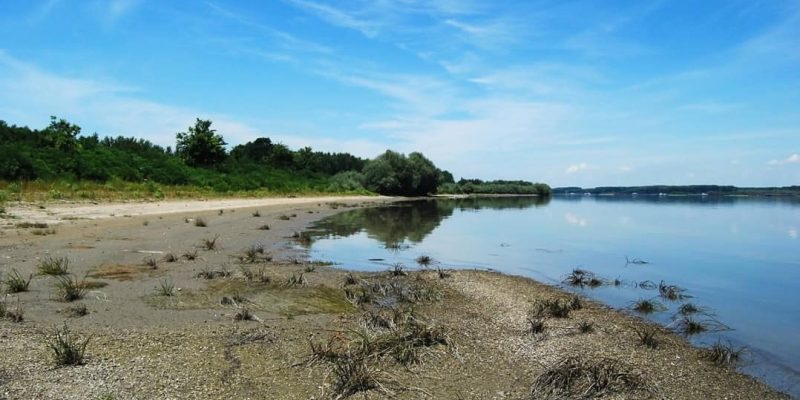Understanding Reliction: The Gradual Recession of Water Bodies

Reliction is a fascinating natural phenomenon that plays a significant role in reshaping landscapes and influencing property boundaries.understanding this process is crucial for landowners, legal professionals, and environmentalists alike.
What is Reliction?
Reliction refers to the gradual and permanent recession of water from land, resulting in the exposure of previously submerged areas.his process can occur along coastlines, riverbanks, and lakeshores, leading to the natural expansion of adjacent landmasses.
Causes of Reliction
Several factors can contribute to the occurrence of reliction:
- Climate Change: ong-term climatic shifts can lead to decreased precipitation and increased evaporation rates, causing water bodies to shrink over time.
- Geological Activities: Reliction movements can alter the elevation of land, causing water to recede and expose new areas.
- Human Intervention: Activities such as dam construction, water diversion for irrigation, and groundwater extraction can lower water levels, leading to reliction.
Legal Implications of Reliction
he emergence of new land due to reliction can have significant legal consequences, particularly concerning property rights and land ownership.in many jurisdictions, the newly exposed land becomes the property of the adjacent landowner.however, specific laws can vary, and disputes may arise, especially if the reliction affects public waterways or crosses property boundaries.
Reliction vs. Accretion vs. Avulsion
It’s essential to distinguish reliction from similar geological processes:
- Accretion: the gradual accumulation of land through the deposition of sediment by water action. Unlike reliction, accretion involves the addition of material to the landmass.
- Avulsion: he sudden and rapid change in land, typically due to events like floods or landslides, resulting in the immediate alteration of watercourses or land boundaries. Understanding these differences is crucial for legal and environmental considerations, as each process has distinct implications.
Environmental and Societal Impact
Reliction can lead to the formation of new ecosystems, providing habitats for various plant and animal species.however, it can also pose challenges, such as altering water access for communities, impacting fisheries, and necessitating updates to maps and property records.
Conclusion
Reliction is a natural process with profound environmental and legal implications.s water bodies recede and new lands emerge, understanding the causes, effects, and legal aspects of reliction becomes increasingly important for land management and environmental conservation.
For more detailed legal definitions and implications of reliction, you can refer to Black’s Law Dictionary.
FAQs
1. What is reliction in simple terms?
Reliction is the gradual and permanent withdrawal of water from land, exposing previously submerged areas. This process can occur naturally due to climate changes, geological shifts, or human activities.
2. How is reliction different from accretion?
While reliction involves the recession of water, accretion refers to the gradual buildup of land due to the deposition of sediment from water movement. Both processes can affect land ownership but occur differently.
3. Who owns land exposed due to reliction?
In most cases, the adjacent landowner gains ownership of the newly exposed land. However, legal rules vary by country or state, especially if the reliction affects public waterways or government-owned land.
4. Can reliction happen suddenly?
No, reliction is a gradual process over time. If land is exposed suddenly due to events like floods or earthquakes, it is classified as avulsion, not reliction.
5. What are the environmental impacts of reliction?
Reliction can create new ecosystems, providing habitats for plants and animals. However, it can also reduce water availability, impact fisheries, and require legal adjustments to property boundaries.
Also read: Nihiwatu Resort Sumba: 8 Family-Friendly Activities Everyone Will Love











